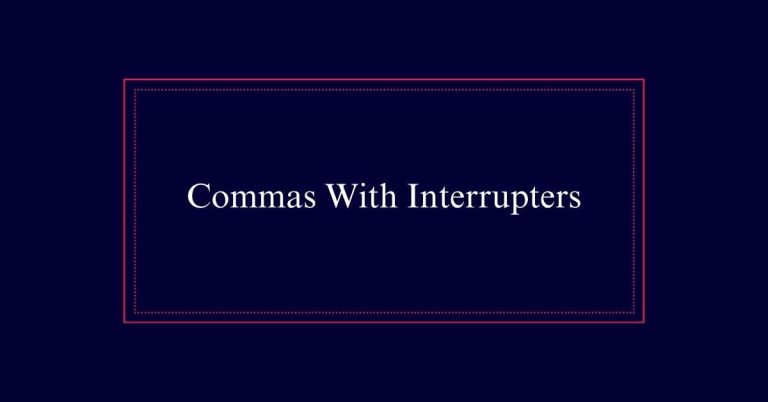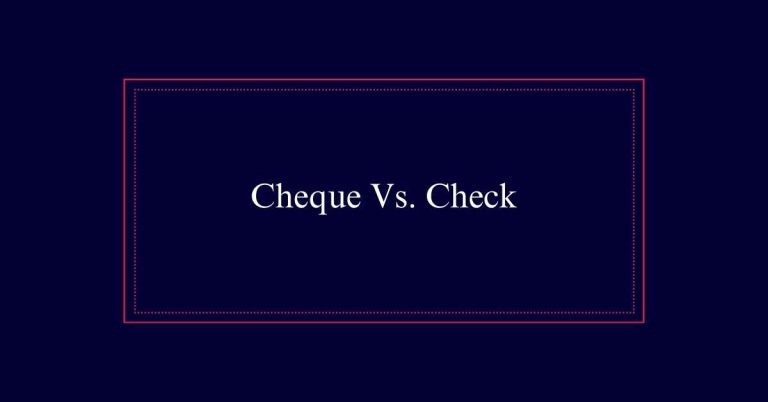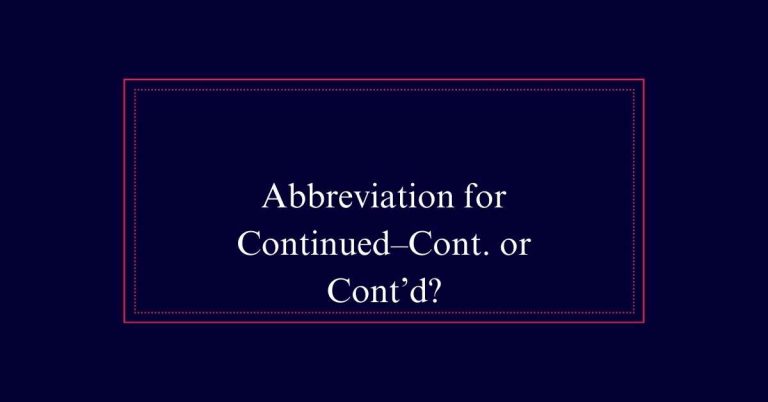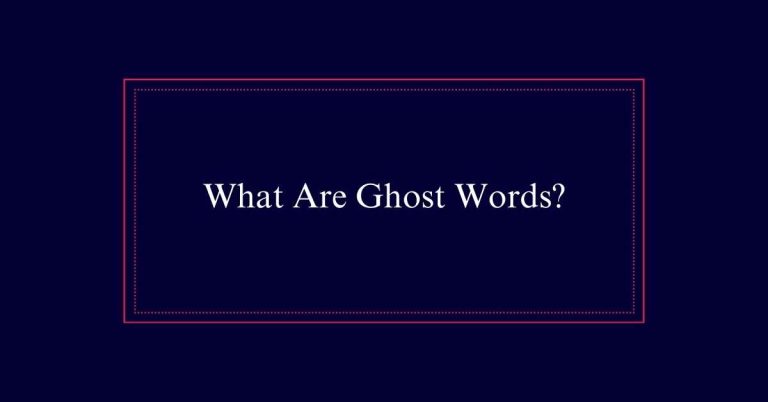Nonetheless vs. Nevertheless
‘Nonetheless’ and ‘nevertheless’ both signify contrast and persistence despite opposition. While they are often used interchangeably, there are subtle differences. ‘Nonetheless’ underscores continuation or persistence, and can refer to a specific amount of something. For example, “She was tired; nonetheless, she finished her work.”
On the other hand, ‘nevertheless’ highlights an outcome occurring in spite of preceding conditions, usually introducing an element of surprise. An example is, “The project faced challenges; nevertheless, it succeeded.” Both terms connect two independent clauses without needing ‘but.
Definitions of Nonetheless
Defining ‘nonetheless’ involves understanding its role in indicating contrast to something previously mentioned. This compound adverb is used to show that despite a preceding statement, the following point remains true. It connects two independent clauses, often conveying a sense of persistence or continuation in the face of opposition.
Writers sometimes precede ‘nonetheless’ with ‘but,’ though this is generally unnecessary. The term can also refer to a specific amount or degree of something, emphasizing that the situation remains unchanged despite certain conditions.
As a conjunctive adverb, ‘nonetheless’ provides a smooth shift between contrasting ideas, enhancing the clarity and flow of written discourse. Its precise use ensures effective communication of complex relationships between statements.
Definitions of Nevertheless
Nevertheless is a compound adverb used to indicate that something occurs in spite of a preceding statement. It functions to show that a fact or event is surprising or unexpected given the prior information. The word ‘nevertheless’ often conveys persistence despite obstacles or contrary circumstances. It is synonymous with phrases like ‘in spite of that,’ ‘notwithstanding,‘ or ‘all the same.
In grammatical terms, ‘nevertheless’ is a conjunctive adverb, meaning it can connect two independent clauses. This connection emphasizes contrast or exception to what was previously mentioned. For instance, ‘It was raining; nevertheless, they went for a walk.’
Usage of Nonetheless
Nonetheless is employed to illustrate contrast or in spite of a preceding statement. It serves as a conjunctive adverb, connecting two independent clauses.
For example, ‘She was tired; nonetheless, she finished her work.’ Here, it highlights a contrast between her tiredness and her action.
Some writers might use ‘but’ before nonetheless, but it is generally unnecessary.
The word can also refer to a specific amount of something, though this usage is less common. Its primary function remains to underscore a contrast or unexpected outcome.
Usage of Nevertheless
In academic and professional writing, nevertheless is used to indicate a contrast or opposition to a previously stated idea or fact. It serves to show that despite certain information, another point remains valid or relevant. This conjunctive adverb can effectively combine two independent clauses without the need for a preceding ‘but’.
Here is a comparison of its usage:
| Scenario | Example Sentence |
|---|---|
| Showing contrast | The project faced many challenges; nevertheless, it succeeded. |
| Overcoming obstacles | She was tired; nevertheless, she continued to work. |
| Emphasizing persistence | Weather was bad; nevertheless, the event went on. |
| In spite of facts | Sales were down; nevertheless, profits increased. |
Connecting Clauses With Nonetheless
When connecting two independent clauses, nonetheless serves as an effective bridge to indicate contrast. It highlights that the second clause is true despite the information presented in the first clause.
For instance, ‘She was not feeling well; nonetheless, she attended the meeting.’ Here, nonetheless emphasizes the unexpected action despite the circumstance.
Using nonetheless correctly means placing it after a semicolon or a period, followed by a comma. This guarantees clarity and maintains the contrast.
Avoid using ‘but’ before nonetheless, as it is redundant. Instead, let nonetheless stand on its own to convey the intended contrast.
Connecting Clauses With Nevertheless
Similar to nonetheless, nevertheless acts as a conjunctive adverb to link two independent clauses, emphasizing contrast. It denotes that something happens despite the preceding statement. For example, ‘The forecast predicted rain; nevertheless, the event was held outdoors.’ Here, nevertheless connects the clauses, showing the unexpected outcome.
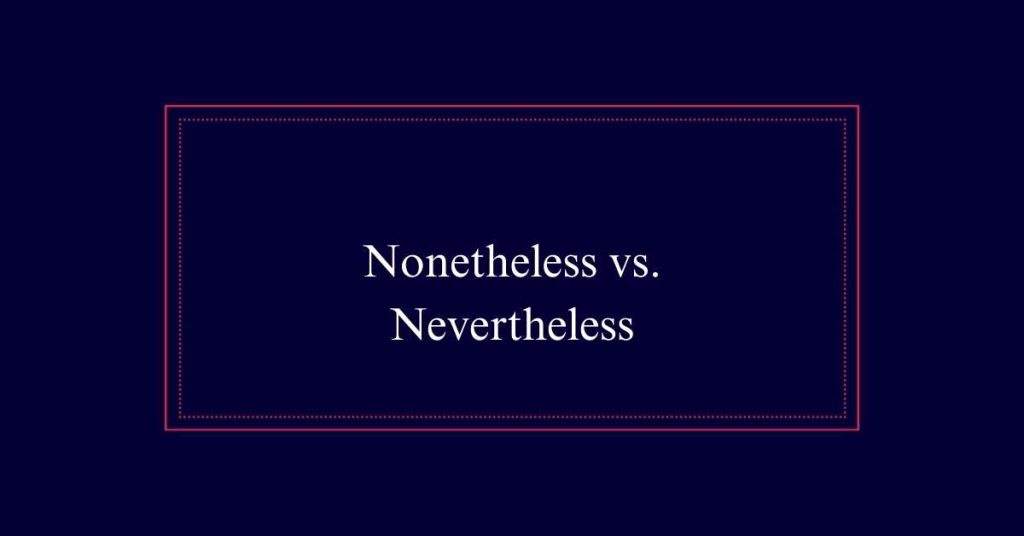
When using nevertheless, it is unnecessary to precede it with ‘but’ because it itself indicates a contrast. It often appears at the beginning of the second clause, followed by a comma. This placement helps to clearly convey the shift in the sentence. For instance, ‘The task was challenging; nevertheless, they completed it on time.’ This usage highlights the persistence despite difficulties.
Common Mistakes With Nonetheless
Many writers mistakenly use ‘nonetheless’ where ‘nevertheless’ would be more appropriate. One common mistake is using ‘nonetheless’ to refer to something in spite of time or facts, which is better suited for ‘nevertheless’.
Another error is placing ‘but’ before ‘nonetheless’. This redundancy weakens the sentence. Writers also misuse ‘nonetheless’ when they mean to describe persistence over time, a function of ‘nevertheless’.
Additionally, some confuse ‘nonetheless’ with ‘nonetheless’ in contexts that don’t involve contrasting a specific amount. To avoid these mistakes, remember that ‘nonetheless’ should highlight a contrast to something said or done, without redundant conjunctions.
Common Mistakes With Nevertheless
Writers often misuse ‘nevertheless’ when they intend to highlight a contrast related to specific amounts or details. This word is better suited for contrasts that involve time or facts, not quantities.
Another common mistake is placing ‘but’ before ‘nevertheless,’ which is redundant. For example, ‘But nevertheless, he continued’ should simply be ‘Nevertheless, he continued.’
Additionally, some writers confuse ‘nevertheless’ with ‘nonetheless,’ using them interchangeably. Remember, ‘nevertheless’ should convey ‘in spite of that’ or ‘all the same.’ Misusing it can muddle the intended meaning of a sentence.
Examples of Nonetheless
To illustrate the proper use of ‘nonetheless,’ consider the following examples. Despite the heavy rain, the event went on as planned. The organizers faced many challenges; nonetheless, they managed to pull everything together.
In another instance, she was tired after a long day at work. Nonetheless, she still attended her friend’s birthday party. The word ‘nonetheless’ effectively shows contrast between what is expected and what actually happens. It connects two independent clauses without the need for additional conjunctions.
For instance, the team was inexperienced; nonetheless, they won the championship. These examples highlight how ‘nonetheless’ emphasizes a contrast or exception, making it a valuable tool for clear and precise writing.
Examples of Nevertheless
How can ‘nevertheless’ be effectively used in sentences to demonstrate contrast?
‘Nevertheless’ is a powerful tool for highlighting contrasts or unexpected results.
For example, ‘The project faced many obstacles; nevertheless, it was completed on time.’ This shows that despite challenges, the outcome was successful.
Another example: ‘She was not feeling well; nevertheless, she attended the meeting.’ Here, ‘nevertheless’ emphasizes her determination despite her condition.
Additionally, ‘The evidence was compelling; nevertheless, the jury acquitted the defendant.’ This indicates a surprising verdict despite strong evidence.



